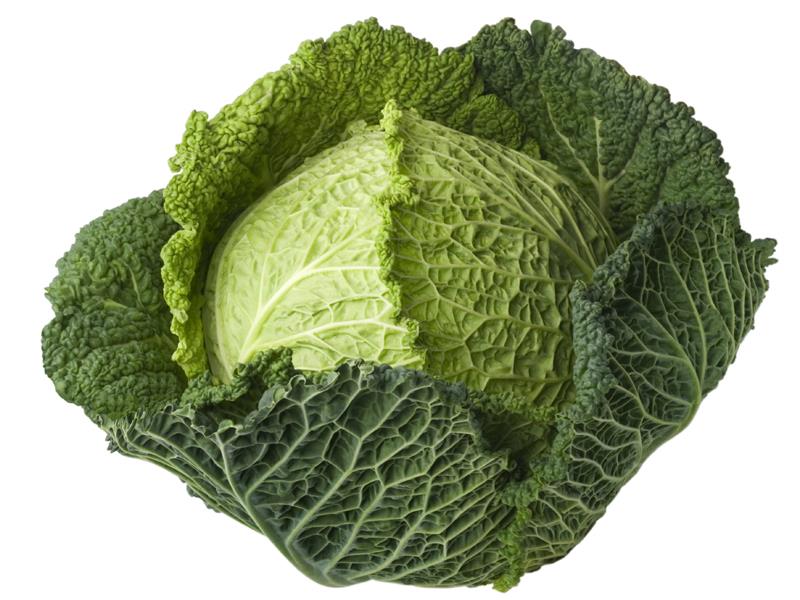The Rothamsted Insect Survey, a national capability supported by the BBSRC and the Lawes Agricultural Trust, has long term annual records which reveal that the numbers reported so far are exceptionally high. The last time that similarly high numbers were observed was in 1996.
Mr Chris Shortall, co-ordinator of the Rothamsted Research light-trap network and research scientist, explained: “I noticed higher numbers than usual in the light-trap samples at Rothamsted and saw online that the moth observing community was reporting high incidents of diamondback moths.”
"Normally, we gather the data from the volunteers that run light-traps around the country at the end of the year but on the basis of these reports I contacted them and asked them to provide the data that they have so far. They reported much higher numbers than usual. In our light-traps here at Rothamsted we have seen in two nights the number of diamondback moths that we usually record in a year and this is reflected elsewhere in the network.”
“I’m concerned for cabbage and cauliflower growers, which is why I wanted to inform the relevant organisations and growers as early as possible.”
“If the summer weather is warm and favourable for the reproduction of the moths we could see an explosion in the number of the moths by the end of the season”, Chris added.
Dr Steve Foster, senior scientist at Rothamsted Research in the department of Biological Chemistry and Crop Protection said: “We will aim to study the moths that are immigrating currently to the UK to identify whether they are resistant to the available insecticides and look for potential management methods. This could take up to a few weeks.”
“Growers should seek advice from their agronomists and authorized advisors as to how to manage the pest in their farms. We will aim provide all scientific information when the data are available.”
